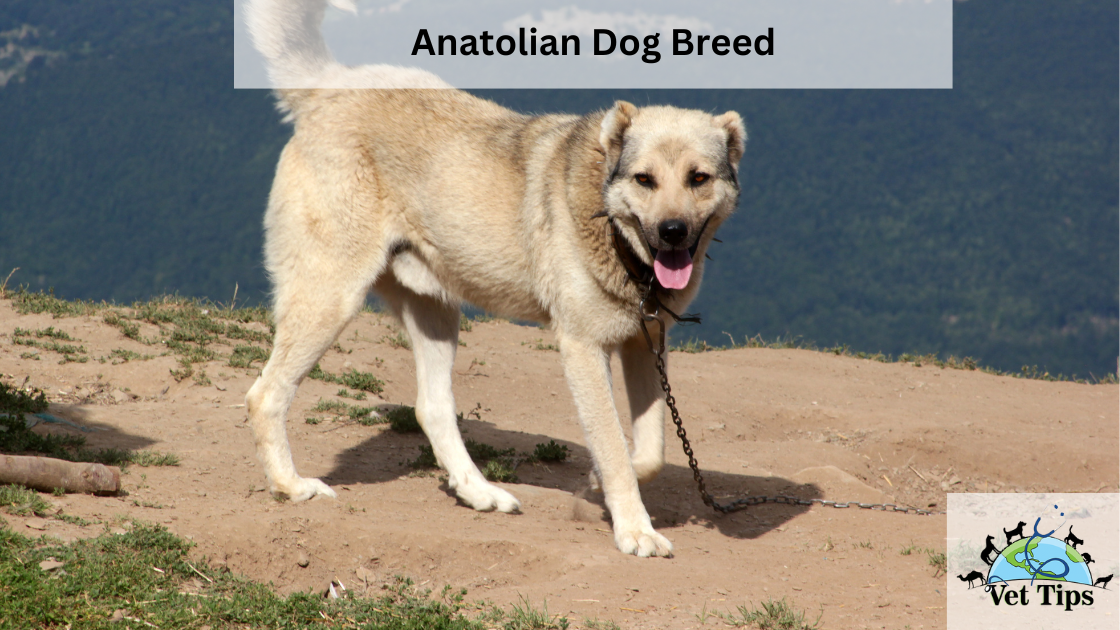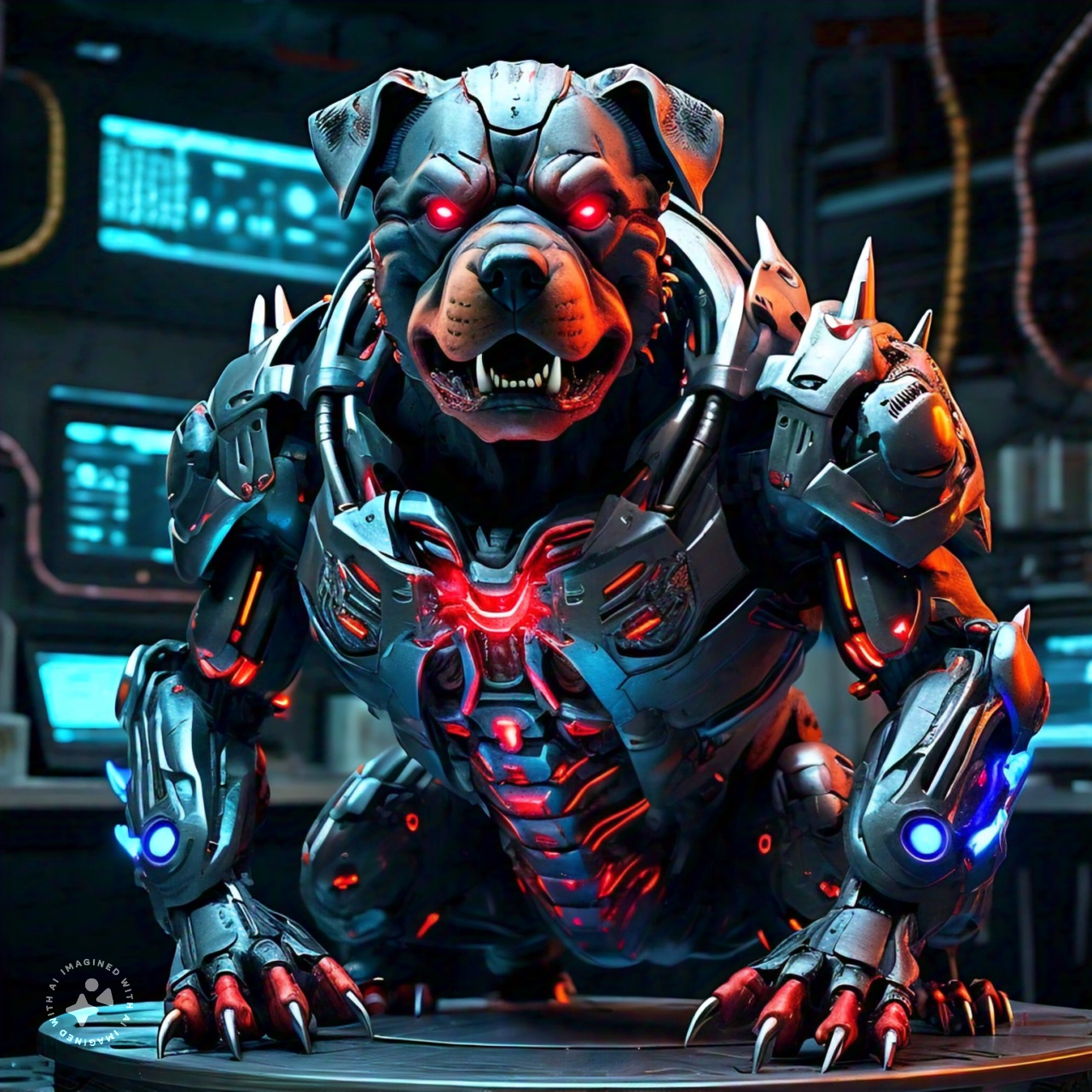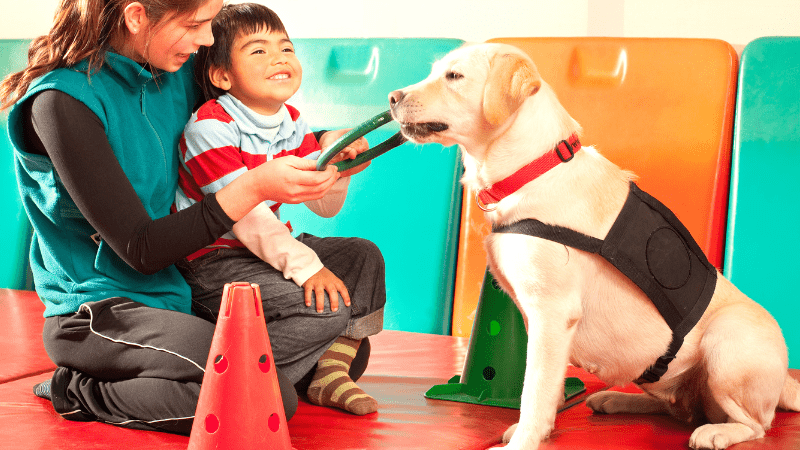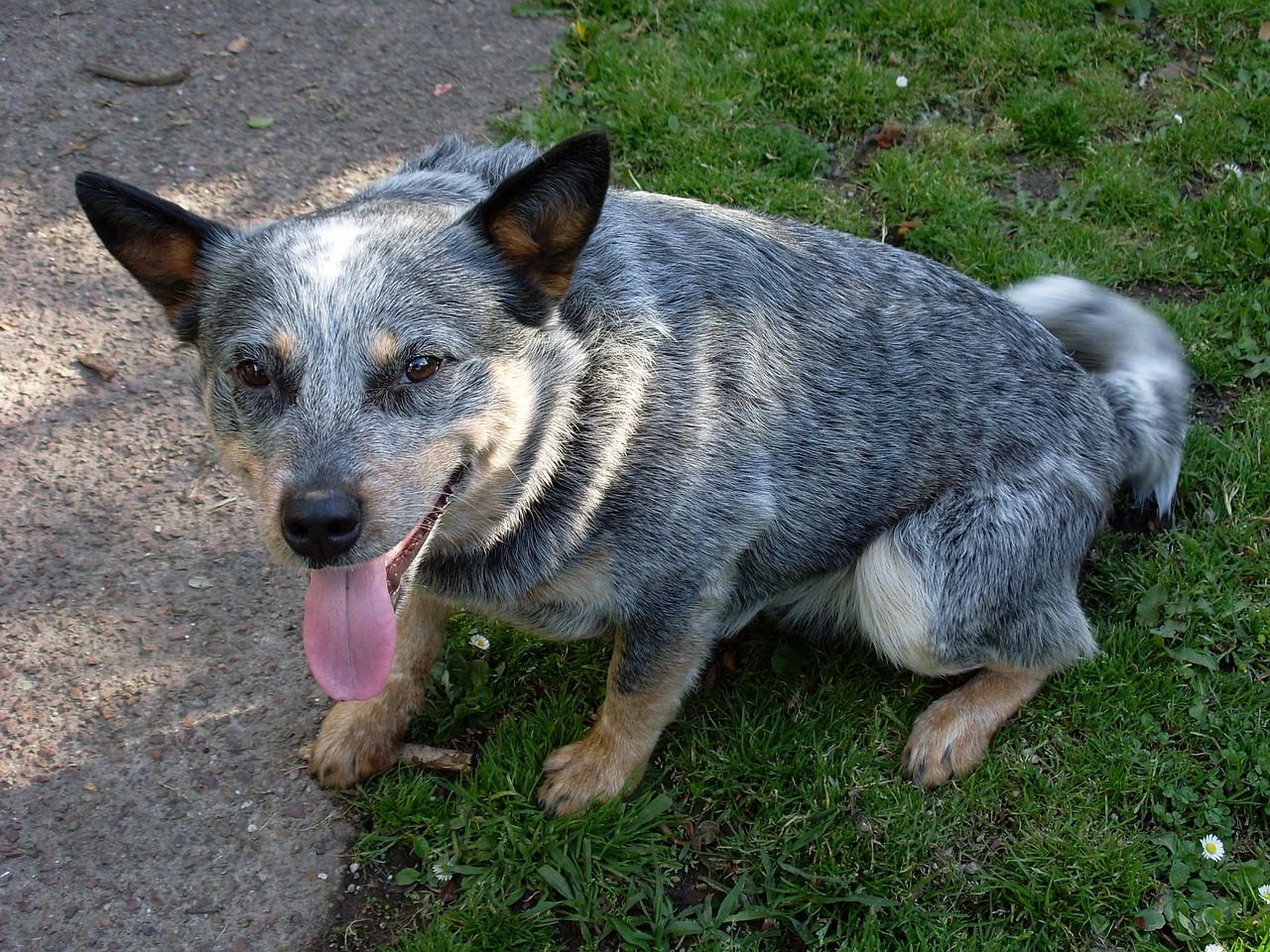The Anatolian Dog, which is also known as the Anatolian Shepherd, is a breed of dog that hails from the Anatolian area of Turkey and is noted for its majesty and antiquity. The extraordinary characteristics of this breed of dog have made it a versatile companion for a wide range of tasks throughout history. Let’s explore more about anatolian dog breed.
History
There is some evidence that the Anatolian shepherd dog breed dates back as far as 600 years. It is believed that the breed descended from a line of shepherd dogs produced primarily to guard and herd livestock in the Anatolia area of Turkey, also known as Asia Minor. These shepherd dogs were bred specifically to protect and herd livestock. According to some theories, the Anatolian shepherd descended from hunting dogs that originated in Mesopotamia. In both cases, it’s thought that these kinds of shepherds were raised to work, especially on farms and fields to protect cattle from animals like wolves and cheetahs.
Appearance
People often compare the Anatolian Shepherd Dog to the Kuvasz and the Great Pyrenees, but the Anatolian is slimmer and much more athletic. The Anatolian Dog is a big, sturdy breed with a strong, muscular body. It has a thick double coat that protects its well-proportioned body from different kinds of weather.
Their heads are about the same size as their bodies, and their muzzles are usually black. Their lips are also black and hang a little bit. Most of the time, their ears are black and hang down in a triangle shape with a round tip. The Anatolian Shepherd’s tail is set high, and when the dog is at ease, it hangs low and curls up at the end.
Height &Weight
Men usually weigh between 110 and 150 pounds, while women usually weigh between 80 and 120 pounds. The average height of a male Anatolian Dog is 27 to 29 inches, and the average height of a female is 25 to 27 inches.
Coat
The color of the breed’s body can be brown, brindle, white, or pinto. A black mask around its face often makes it look even more striking.
Grooming
It needs to be brushed often to keep its hair clean and healthy. Also, their general health depends on getting their teeth cleaned and nails trimmed regularly. Think about whether you have the time and care for a dog that needs a lot of cleaning or the money to pay someone else to do it.
Shedding
The Anatolian Dog sheds a little bit. If you live with a dog, you’ll have to deal with dog hair on your clothes and in your home. But the amount of hair that each breed sheds is very different. Some dogs shed all year long, while others only shed during certain times of the year. Some dogs do both, while others hardly shed at all.
Exercise
The Anatolian Dog is a very active dog that must be active and mentally stimulated daily. Long walks, lots of time to play, and interesting things to do keep them happy and in good shape.
The breed doesn’t do well in small areas, like an apartment, and needs a lot of room to move around. It would be best if it had a safe, fenced-in yard where it could run around. But keep in mind that the fence should be high enough and have a solid surface so that this guard dog breed can’t meet new people and dogs.
Training
Shepherds from Anatolia are naturally wary of strangers and can be very protective of their flocks. If this type of dog isn’t trained well, it’s likely to be mean to other animals and even people. The Anatolian Dog is a smart and independent breed that does best with early and constant training. Positive feedback is the best way to teach good behavior and respect.
Health & Care
Anatolian Dogs are usually strong and healthy. On the other hand, much like other breeds, they run the risk of developing specific health problems. It is essential for their health that they get routine checkups with the veterinarian and eat a well-balanced diet.
Hip Dysplasia
This is a problem that runs in families and manifests itself when the thighbone does not sit flush within the hip joint. While some dogs appear to be in obvious agony and limp on one or both of their hind legs, others don’t exhibit any apparent symptoms of being uncomfortable. In any case, the dog’s age may eventually lead to the development of arthritis. It is not recommended to breed dogs who have hip dysplasia.
Elbow Dysplasia
This condition is also a form of degenerative disease, just as hip dysplasia. It is thought that aberrant growth and development, which leads to a joint that is deformed and weaker, is the root cause of the condition. The dog may just acquire arthritis, or he may become lame as a result of the sickness. The severity of the condition varies. The treatment consists of medical care, medicines to reduce inflammation, weight loss surgery, and maintaining a healthy weight.
Hypothyroidism
This condition is one that affects the thyroid gland. Epilepsy, alopecia (hair loss), obesity, lethargy, hyperpigmentation, pyoderma, and several other skin diseases can be caused by it. Medication and dietary changes can address this condition.
Entropion
Entropion is a condition in which the eyelid rolls inward toward the eye, and it often affects both lower eyelids of both eyes. It is a bothersome factor that contributes to eyesight impairment. The treatment includes of repeated procedures that are conducted over the course of time in order to reduce the likelihood of ectropion, which is the condition in which the eyelid rolls outward.
Nutrition
A well-balanced meal with enough protein, vitamins, and minerals will meet their nutrient needs. You should talk to your vet or a professional chef about what to feed your Anatolian Shepherd and how much to give it. Their food needs will change as they grow from puppies to adults and old dogs. Make sure you meet these essential needs. For the Anatolian Dog’s general health, it is important to feed it a high-quality food.
Temperament and Behavior
Anatolian Dogs are faithful to their families and are known for their strong desire to protect them. They don’t trust strangers, which makes them good watchdogs. Socializing them from a young age helps them get along well with other people.
Anatolian Shepherd Dogs aren’t as eager to please as some other dogs, which can make teaching them hard. Frequent training and praise will go a long way toward making sure the Anatolian Shepherd grows up to be a well-behaved mix.
Life Expectancy
Anatolian Dogs can live between 10 and 13 years if they take care of and live a healthy life.
FAQs
Where to Adopt or Buy an Anatolian Shepherd?
You can buy or adopt Anatolian Dogs from reliable breeders or adopted from rescue groups or animal shelters. Always do study and make sure you can trust the source.
Is an Anatolian Shepherd a Good Family Dog?
Yes, Anatolian Dogs can be great family dogs if trained, socialized, and cared for properly. They are also great guards for children because of how protective they are.
What Were Anatolian Shepherds Bred For?
In the Anatolian area of Turkey, where the Anatolian Shepherd comes from, they were originally bred to protect sheep from wild animals. Shepherds can’t live without them because they are so good at keeping watch and are so loyal.
Are Anatolian Shepherds Aggressive?
Anatolian Shepherds aren’t mean by nature but defensive by nature. To make sure they act right around people and other animals, they need to be socialized and trained from a young age.
Tell us in the comments, how you like our article “Anatolian Dog Breed”
For similar posts like this, click here.
For the source file, click here.








